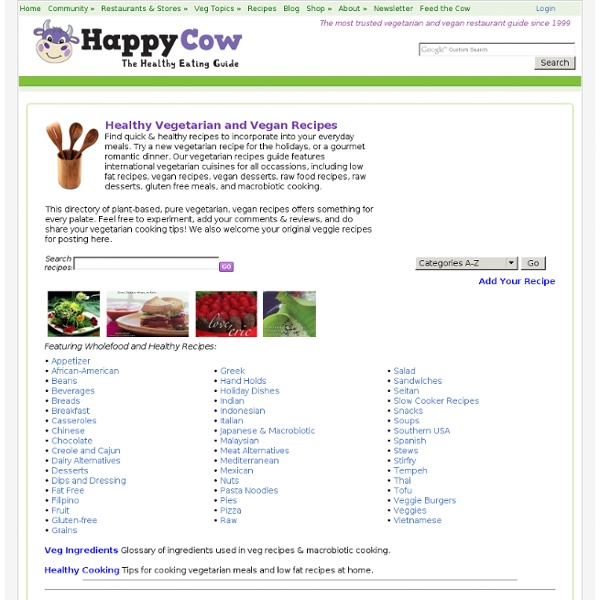



— Irreverent Vegan VeganYumYum Vegan Diet Infographic Want to know how to be healthy and cruelty-free? No worries—eating vegan is easy! Get all your answers and more with PETA’s “Wondering About a Vegan Diet?” infographic, and don’t forget to share this infographic on Facebook. Are you ready to eat healthy? Pledge to go vegan for 30 days! Embed “Wondering About a Vegan Diet?” <a href=” src=” width=”720″ border=”0″><p>Wondering About a Vegan Diet? Olives for Dinner Dreamin' It Vegan Vegetarian Times - Great Food, Good Health, Smart Living
57 Health Benefits of Going Vegan | Nursing Schools : LPN RN BSN MSN : Online Nursing Degree Vegans are frequently misunderstood as fringe eaters with an unnatural passion for animal rights. While many vegans do feel passionately about animals, its time for others to see that a vegan diet and lifestyle go way beyond animal rights. Following a healthy, balanced vegan diet ensures a host of health benefits as well as prevention of some of the major diseases striking people in North America. Read these blogs to find out about the health benefits or going vegan or just provide better information to your patients. Nutrition All of the following nutritional benefits come from a vegan diet full of foods such as fresh fruits and vegetables, whole grains, nuts, beans, and soy products. Reduced saturated fats. Disease Prevention Eating a healthy vegan diet has shown to prevent a number of diseases. Cardiovascular disease. Physical Benefits In addition to good nutrition and disease prevention, eating vegan also provides many physical benefits. Body Mass Index. Too Much in the American Diet
What the Heck is Nutritional Yeast? Welcome New York Times readers! I hope you’ll check out some of my recipes while you’re here, and if you like what you see, follow me on Facebook or by email. Of all the ingredients I use in my recipes, the one I’m asked about the most is nutritional yeast. I’ve been cooking with it for so long that I forget how strange it must sound to people who are new to vegan cooking. Neither the word “nutritional” nor the word “yeast” conjures up mouthwatering images, but the truth is, it’s one of the few “health food store” ingredients that I wouldn’t want to have to do without–and not because of its nutritional value. So what is it, why do I use it, and where can you find it? What It Is Nutritional yeast is made from a single-celled organism, Saccharomyces Cerevisiae, which is grown on molasses and then harvested, washed, and dried with heat to kill or “deactivate” it. Nutritional yeast has such an unappealing name that somebody started calling it “nooch” and the name caught on on the internet.
Spicy Thai Coconut Curry Even though we’re still in the thick of summer here in L.A., I just couldn’t kick my craving for some Thai-style coconut curry. You know the kind—warm, creamy, packed with veggies, and loaded with spice. Naturally, I caved and, blasting the air conditioning, sat down to a steaming bowl of curry and rice. I’ve tried many times to make curry at home and failed, but I finally formulated a recipe that is worthy of being shared. Enjoy! Spicy Thai Coconut Curry 12 oz. light coconut milk 12 oz. coconut cream 2 cups vegetable broth ¼ cup Thai red curry paste 1–2 Tbsp. powdered ginger 4 cloves garlic, minced 1/4 yellow onion, diced 2–3 stalks lemon grass, diced 1 large red bell pepper, cut into strips 6 large carrots, diced 24-oz. bag frozen peas 1 lb. firm tofu, pressed and cut into cubes 12–15 fresh basil leaves, torn Sriracha sauce, to taste Rice noodles (optional) Sea vegetables (optional) Faux chicken (optional) Makes 12 servings
The Vegetarian Resource Group (VRG) Let Food Be Your Medicine ‘Tis the season once again, cold and flu season that is. Drastic changes in the weather, being closed up indoors, and generally feeling rundown can all lead to a serious case of the sniffles. If you run the other way when you see someone sneeze, or hide out when you hear a cough- it’s time to arm your body against cold and flu bugs from the inside out. Don’t give the flu a fighting chance by powering up with immune boosting foods. Even though it seems most people get sick during the fall and winter months, Mother Nature is (like always) one step ahead of us. Most of the beautiful produce in season this time of year also happens to provide great sources of immune boosting nutrients. Vitamin A: Studies have found that Vitamin A can reduce both the incidence and seriousness of infection by improving the body’s antibody response1. Zinc: Another popular immune booster, zinc accelerates the growth of immune cells while slowing the reproduction of the cold-cause rhinovirus3,4. Resources:
FatFree Vegan Kitchen | Sinlessly Delicious Recipes | recipe from Page 3 Disease Rates by Jack Norris, RD | Last updated: December 2013 Below is a summary of the research done on mortality and disease rates of vegetarians. It does not include cancer rates which can be found on the Cancer, Vegetarianism, and Diet page. In the tables, statistically significant findings are in red type. In order for the rate to be statistically significant, the confidence interval (the numbers in the parentheses) must be either less than or greater than 1.00. Contents Studies For an explanation of the different types of studies and their pros and cons, please see the article Basics of Nutrition Research. The following studies have compared disease rates between people with different diets but similar lifestyles: Death Rates (Standardized Mortality Ratios) The following studies compared the death rates (deaths per 100,000 people per year, under age 90) of their entire study population to the greater population in that region, known as a Standardized mortality ratios (SMRs). 2012 Meta-Analysis 1. 2.
The Kind Life